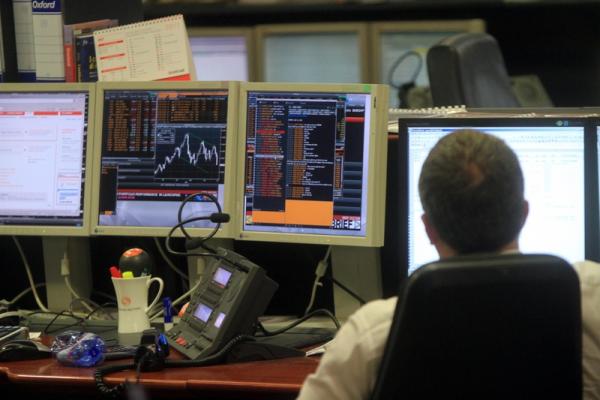Novo Nordisk, Eli Lilly slide after Trump comments on weight loss drug pricing
Investing.com -- UBS has raised its 2025 target for the STOXX 600 to 600, citing a shift toward a more positive outlook across earnings, valuations, and sector performance.
The bank also set a 2026 target of 650, which it said is “at the high end of sell-side consensus and roughly in line with consensus bottom-up analyst target prices."
The revised targets imply an 8% gain into year-end, followed by another 8% in 2026, equivalent to an 11% total return when dividends are included.
UBS expects Financials and Industrials, together representing about 45% of the market, to lead with gains of 10–12% by year-end.
On the other hand, it sees Consumer Staples, Discretionary names, and IT—around 23% of the index—making more modest advances of 0–5%.
The bank said the earnings picture has stabilized, with broad downgrades slowing and becoming more stock-specific.
Upgrades are reappearing in areas such as banks, retail, insurance, transportation, utilities, and parts of industrials.
“If index earnings are no longer being revised down, the key question for index investors is what happens to valuations, which is a key element of our target price upgrades,” strategist Gerry Fowler said in a Wednesday note.
On valuations, Fowler noted that Europe is again priced as if there were zero growth, despite evidence of resilience.
UBS moved its forward price-to-earnings (P/E) assumption for the Stoxx 600 to 15.4 times. Fowler argues that “Europe appears undervalued if confidence in EPS growth returns," with Financials and Utilities being highlighted as particularly mispriced relative to growth prospects.
Potential risks to the outlook include politics, with uncertainty around fiscal sustainability and the rise of nationalist agendas; tariffs, whose full effect on exporters and consumers remains unclear; and supply constraints tied to defense and industrial policy.
UBS said these headwinds could cause bouts of risk aversion but were unlikely to derail the overall trajectory.
Investor sentiment remains cautious, but Fowler expects that signs of steady earnings growth will attract renewed inflows from global investors.
“As Europe begins to demonstrate resilient earnings growth, we expect to see capital reallocation from large global money pools, which could meaningfully contribute to European valuation expansion,” the strategist said.
“Overall, scepticism still has more room to rise than fall,” he added.
